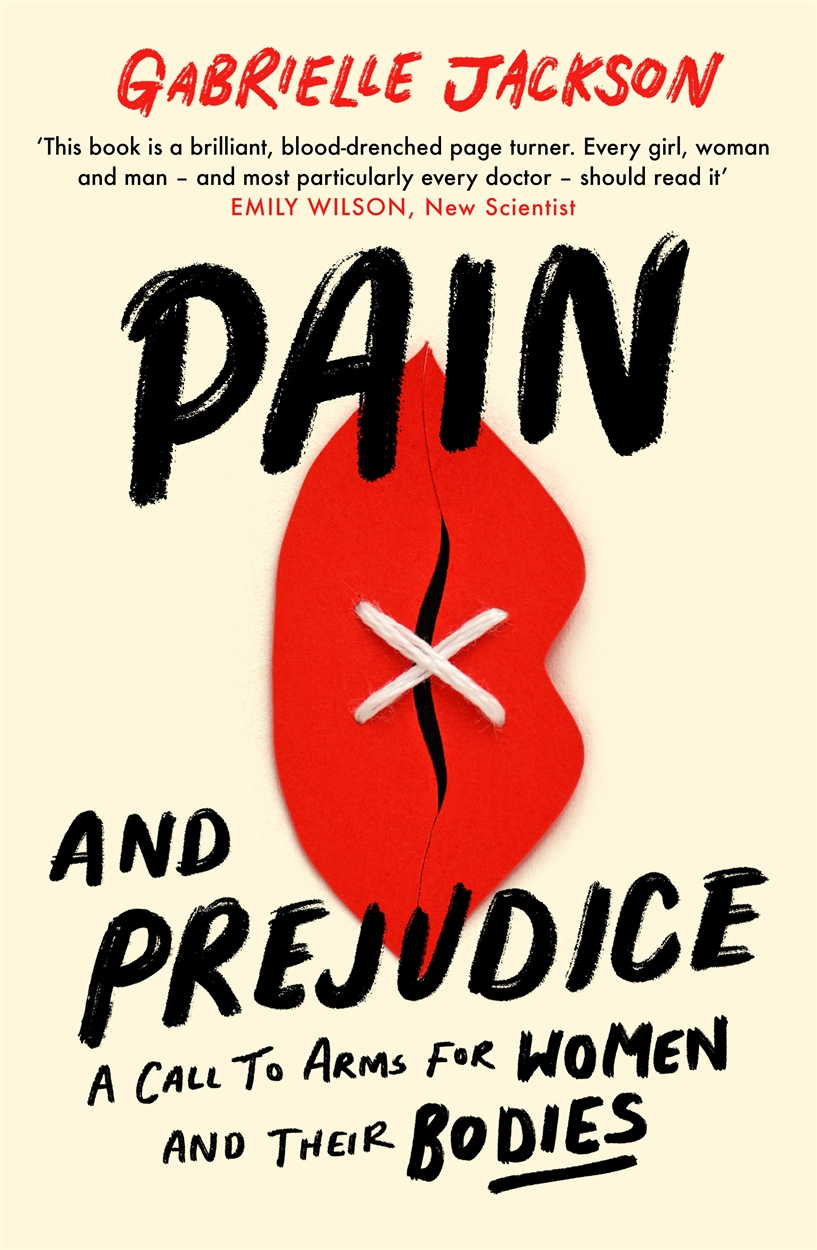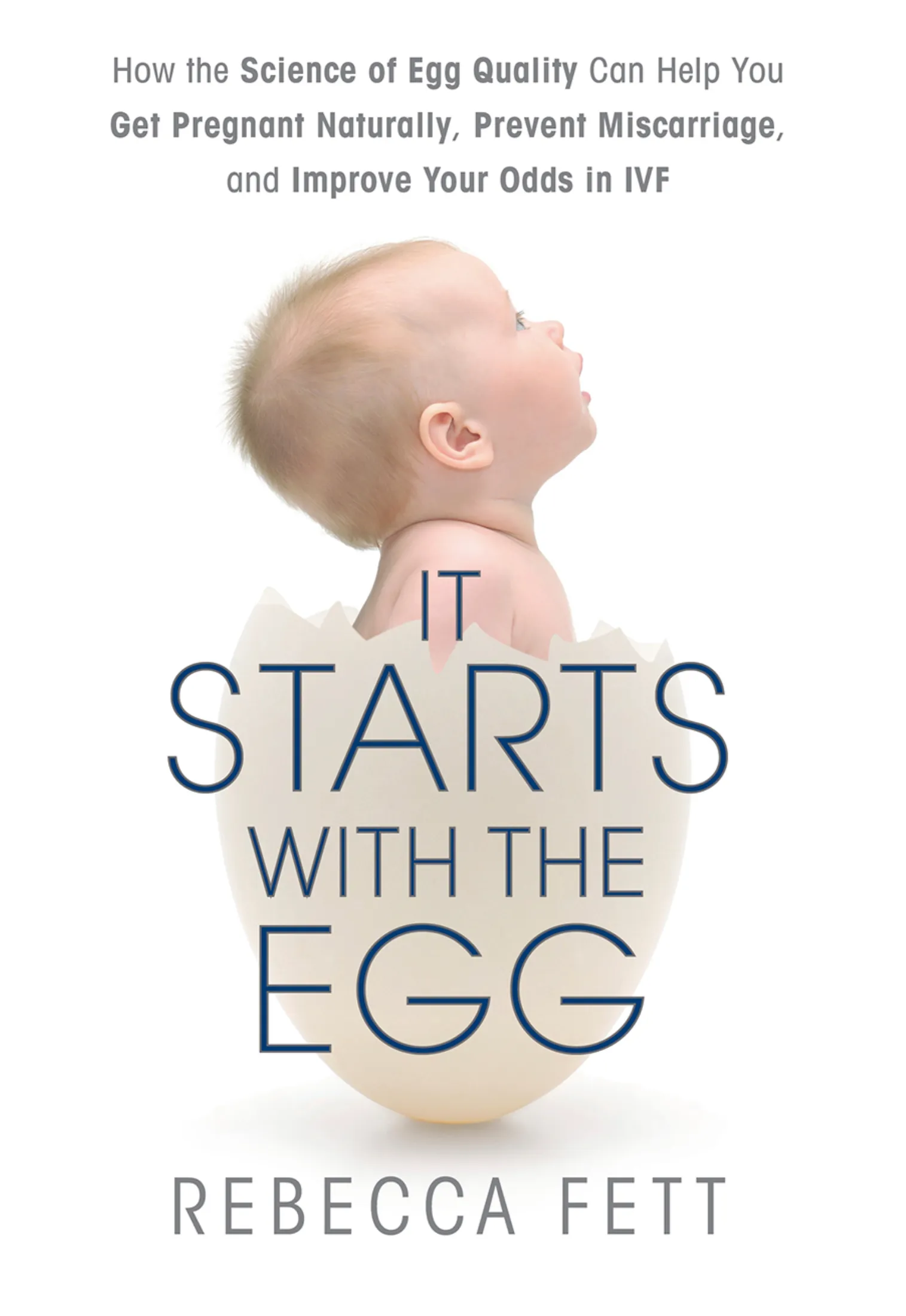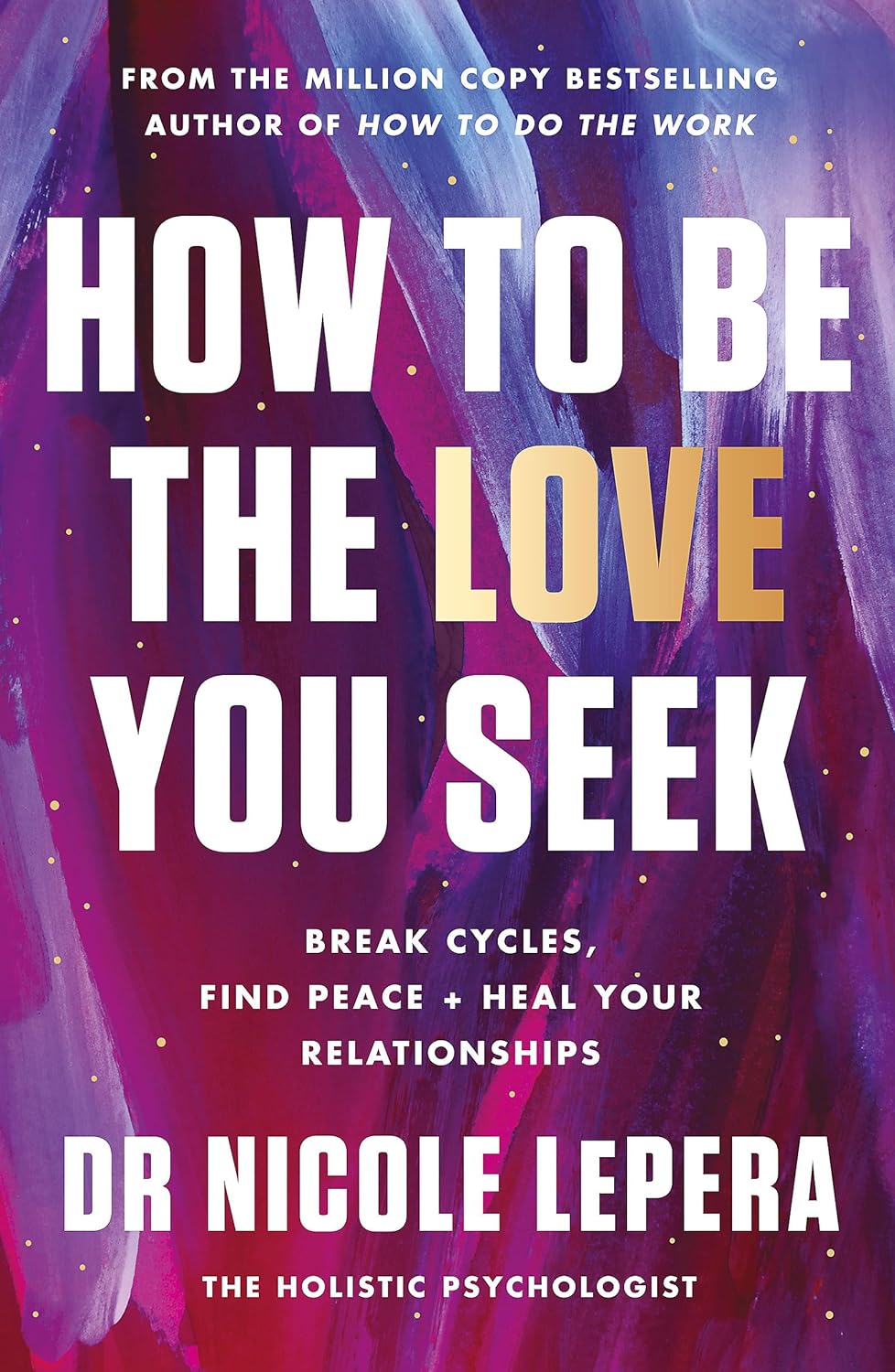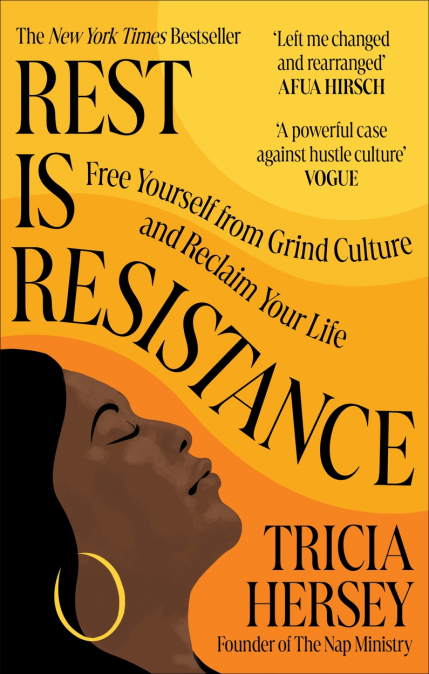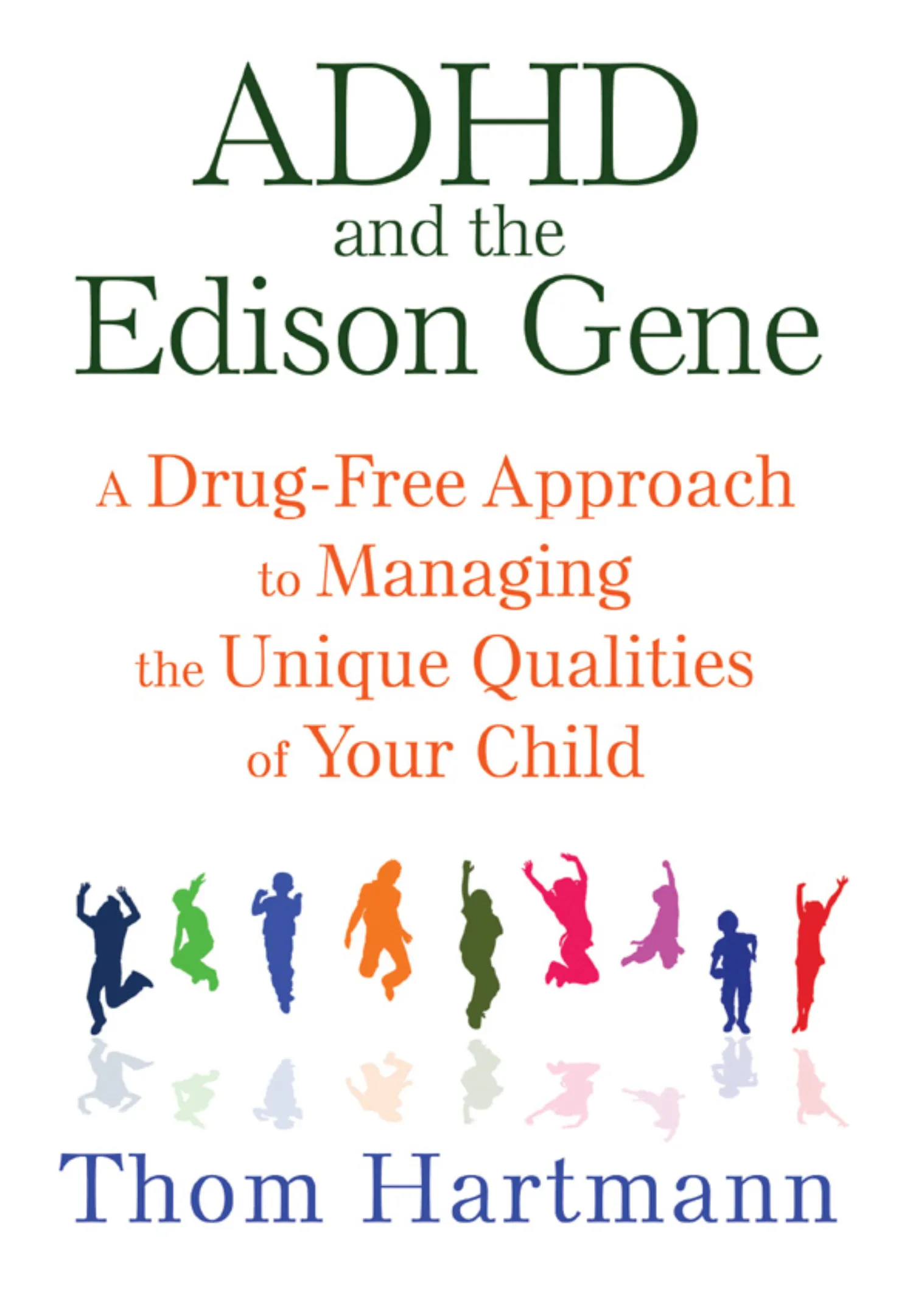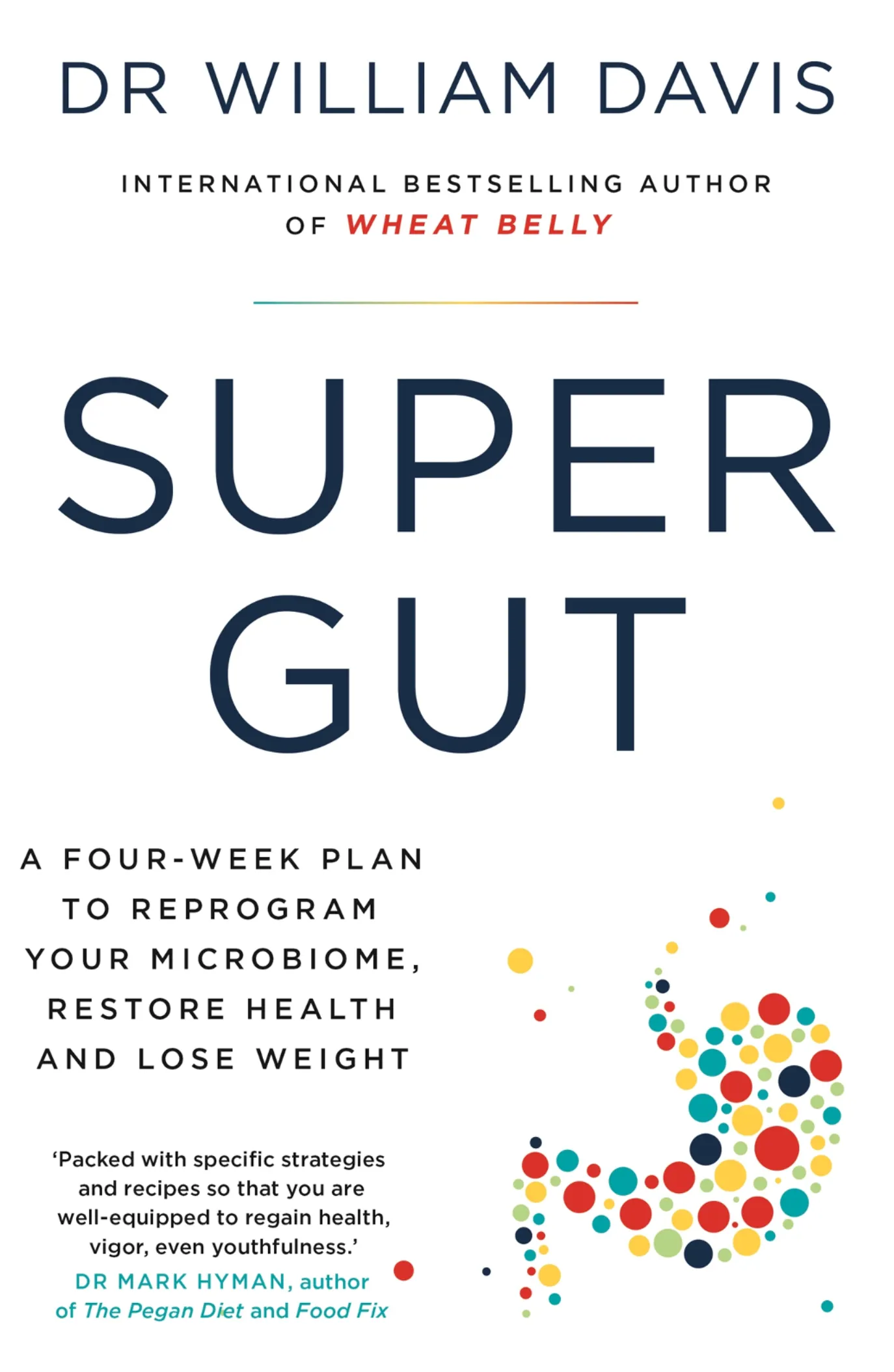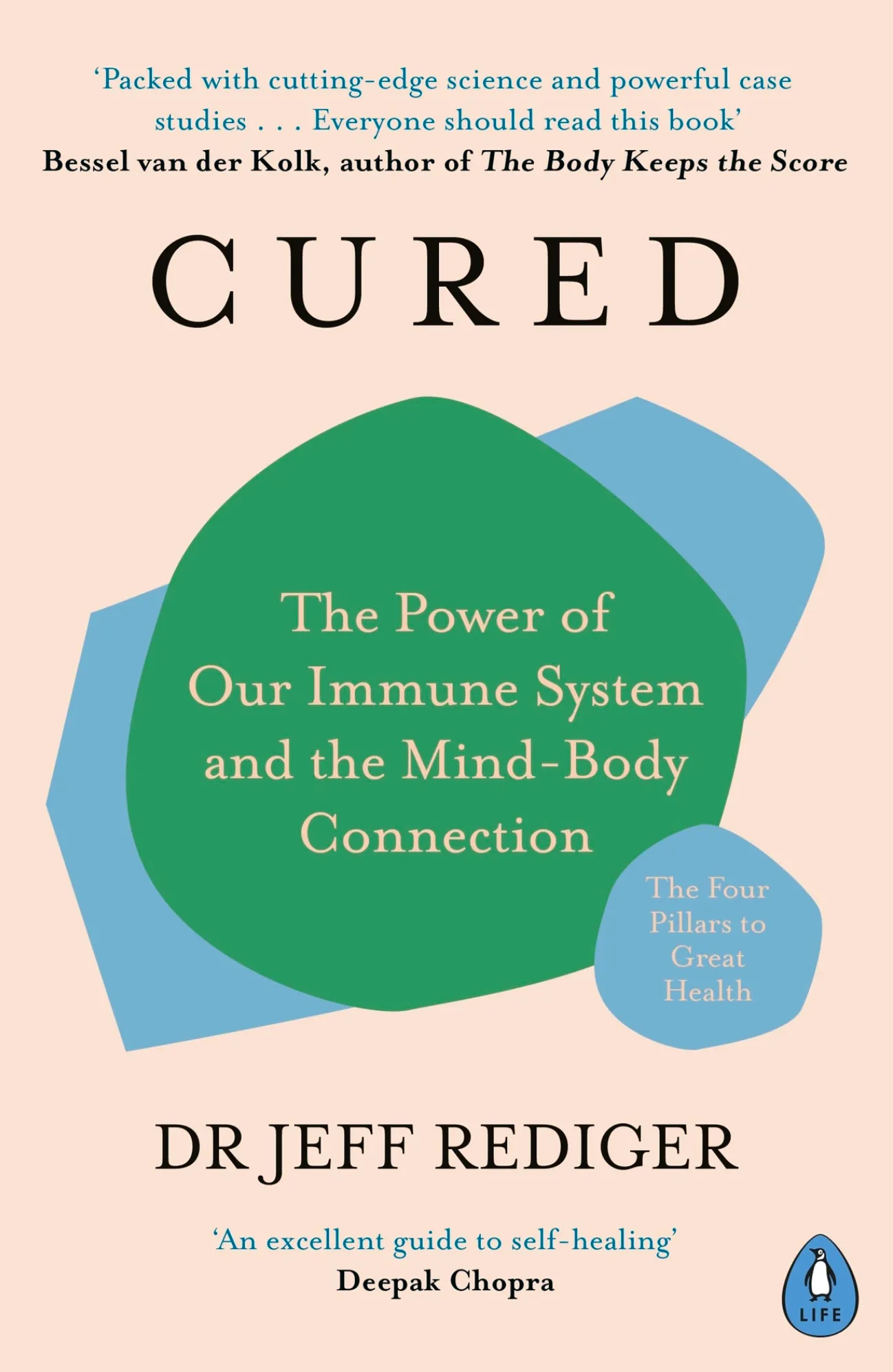“Super Gut” by Dr. William Davis goes beyond the basics of gut health, delving into the complex interplay between our microbiome and various aspects of our health and well-being. Dr. Davis presents a compelling argument that a healthy gut is central to overall health, influencing everything from weight management to mental health.
Key aspects of the book include:
- The Science of the Microbiome: Dr. Davis explains in detail how the gut microbiome works and its crucial role in our health. He discusses the latest scientific findings on how gut bacteria influence our metabolism, immune system, and even our mood and cognitive functions.
- Diet and the Microbiome: A significant part of the book is dedicated to how diet affects gut health. Dr. Davis advocates for a diet rich in fiber, fermented foods, and natural, unprocessed ingredients. He warns against the detrimental effects of processed foods, artificial sweeteners, and certain types of carbohydrates on gut bacteria.
- A Four-Week Plan: The core of the book is a comprehensive four-week plan designed to reset and rejuvenate the gut microbiome. This plan includes dietary changes, incorporating probiotics and prebiotics, and suggestions for lifestyle adjustments like stress management and sleep improvement.
- Recipes and Practical Tips: Dr. Davis provides practical tools, including recipes and meal plans, to help readers implement his recommendations. These tools are designed to make it easier for individuals to make lasting changes to their diets and lifestyles.
- Holistic Health Approach: “Super Gut” places gut health within the broader context of overall well-being. Dr. Davis discusses how a healthy microbiome can lead to improved energy levels, better mental clarity, and a stronger immune system.
Dr. William Davis has popularised a homemade yogurt recipe featuring the probiotic strain Lactobacillus reuteri. This specific strain of bacteria is noted for its various potential health benefits, which include enhancing the immune system, improving skin health, and potentially having anti-aging effects.
The L. reuteri yogurt recipe by Dr. Davis is distinctive because it involves a prolonged fermentation process, often lasting much longer than traditional yogurt fermentation. This extended fermentation time allows for a higher proliferation of the L. reuteri bacteria.
He says:
“Lactobacillus reuteri is a star in the world of intestinal microbes, one that yields spectacular effects for its human host. Up until the mid-twentieth century, most people in the Western world enjoyed the benefits of this bacterial species dwelling in their GI tracts, which they had acquired from their mothers as infants by passage through the birth canal and breastfeeding. Indigenous people living in jungles and mountains, as well as chickens, pigs, and other creatures, carry this microorganism, suggesting that it plays an essential role in survival.
But modem life has eradicated this species from 96 percent of people in the Western world. Today, only 4 percent – fewer than one in twenty people-continue to enjoy the presence of this marvellous species. Among the many benefits of L. reuteri is its unique capacity to trigger the release of the hormone oxytocin from the human brain, which has been demonstrated through an elegant series of experiments conducted at the Massachusetts Institute of Technology (MIT). Think about that: a microbe living in your GI tract determines an important aspect of your brain’s functioning.
Oxytocin is the hormone of empathy and connectedness. It is the hormone that surges when you are in love or feel closely connected to another person or pet your dog. Oxytocin helps you see the other side of an argument, cultivates sympathy for the plight of other people, and reduces social anxiety.
A growing list of these phenomena is corroborated by human experiences. Since I have been advocating for the restoration of L. reuteri in modern people’s microbiomes, achieved by making L. reuteri yogurt with high bacterial counts (recipe provided later in the book), we have indeed been witnessing the effects seen in the experimental models reproduced in many people: thicker skin, reduction in skin wrinkles, accelerated healing, restoration of youthful muscle and strength, increased libido. And, because mice cannot tell us how they feel, people consuming this L. reuteri-rich yogurt are reporting additional effects such as deeper sleep with vivid dreams, reduced appetite, greater optimism, and less social anxiety, effects likely resulting from the oxytocin boost caused by the bacteria.
Restoration of L. reuteri, therefore, doesn’t just make you a better, healthier human being but also can yield a range of effects that, I believe, turn back the clock ten, maybe twenty years. All this by restoring a bacterial species that, odds are, you probably lost or never received, let alone heard of.”
I decided to make the L. reuteri yogurt at home and the effects were spectacular: the first thing that happened was that I started losing weight, the stubborn layer of fat that had still been hanging around since the pandemic; then I started sleeping better, feeling better and after a couple of weeks I developed a very strong urge to get fit and build muscle strength, an urge I’d never had before.
I highly recommend his recipe (it’s in the book), it’s easy to make and tastes great, and just having a cup a day can provide significant benefits. This is what I use to make the yogurt:
Dr. Davis’s approach in “Super Gut” is both educational and practical, offering a deep understanding of the microbiome’s importance and clear, actionable steps to improve gut health and, by extension, overall health. The book is a valuable resource for anyone looking to take a proactive approach to their health through diet and lifestyle changes by harnessing the gut microbiome.
READ SUPER GUT >>
